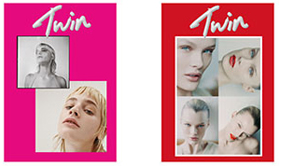Female filmmaker Jade Jackman and I speak over Skype, from her apartment in Madrid – a city which she has just moved to as a result of what she refers to as “the monumental cost of living in London” and of course, Brexit. She’s recently returned from Afghanistan where she was teaching film to Afghan women reporters so they could tell their own stories and also released a short creative documentary on Yarl’s Wood – a women’s detention centre in the UK – earlier this year. Not only this but Jackman is also spearheading a project named ‘Eye Want Change’, teaching young people how to make documentaries about issues that matter to them using just their smartphones. Needless to say she is one smart, endlessly creative and inspiring woman who Twin have been eager to speak with for some time now. Jade and I Skype-d for over an hour, from East London to Madrid about protests, politics, fashion, feminism and everything in-between.
As a woman, why do you feel like it’s important to support other women in the creative industries?
It’s incredibly important — someone doing well doesn’t mean you are going to do badly. I think there needs to be more of a conscious effort for women to support other women. It is starting to happen slowly… I think it’s about getting different voices out there. One thing that’s been amazing about the digital age / internet is that women have been able to get their voices out there talking about what is important to them. It’s about making sure our voices and the way we’re presenting ourselves is seen as legitimate. I think it’s a really exciting time because we’ve got more ways to put our opinion across than ever… I guess we’ve got to wait and see with this kind of movement whether millennials (or whatever people like to call us) will pierce the glass ceiling.
Hopefully!
I think so, I think it’s unstoppable!
How have you found being a female filmmaker? How has it impacted your journey?
I’d say for me personally it has informed what I want to talk about more than having had a negative impact career wise. I think it’s taught me or shown me the things I’m interested in. In some ways as well being a woman isn’t always negative — like I wouldn’t have been able to make the film about Yarl’s Wood in the way that I made it if I was a man, and I wouldn’t have got so close to women in Afghanistan if I had been a man. There are lots of positives I think to being a woman, it’s just making sure your ideas don’t get sidelined or focus with a soft or feminine angle all the time. But then sometimes that’s what I’m interested in; I am interested in working with women and with some of the topics I do cover it is to give a different perspective, like a gender perspective because I think it’s necessary.
I remember when I first heard about Yarl’s Wood and what happened there I was horrified and felt powerless. How did this film come about?
I studied law at LSE at university and wanted to be a lawyer originally. It was around the time of the legal aid cuts and I wanted to use my law experience to help in some way. So during that I was planning a dossier of sexual abuse cases that were happening in Yarl’s Wood – women reporting cases of sexual assault from the guards. At the time I was quite young, I was nineteen, I hadn’t really thought about being a filmmaker then I wasn’t quite sure how to put that into film. Then I started to think about it more and more. In one of the interviews a woman calls them the invisible women and I guess I had an urge to put some visibility on them and make these women really visible as women — that’s how it started. As you can imagine trying to make a film somewhere you can’t film where video recording is illegal is almost impossible. I got a grant from Sheffield Documentary Festival in 2015 and that then I cut down on all these four hour phone conversations I’d had with women detained there and that’s how I started thinking about it. I was aware that I wanted it to look quite different visually to most documentaries. I think its because for the past two years I’ve been seeing a lot in lots of newspapers where I’ve felt really bombarded with the imagery of what refugees drowning look like and all these images of people in Calais and refugee camps are really important and valuable in some way but for me it didn’t feel real: it was like showing people in their lowest state ever and I felt like those images were almost so bad that we couldn’t associate with them. In my background I’m really influenced by music videos and fashion films and art films and I think today we are so used to seeing high quality video content and I think people are fed up of getting information from conventional news sources… it’s important to speak to people in a visually different way. If you think of Trump and Brexit the old ways of telling people information are not working, they’re failing to engage people…
I think that gives more scope for finding something in the work to connect to, which makes resonate more and have more value. Let’s talk a bit about Great Women Artists the Instagram account that champions female artists on the social media platform, how did you get involved with them?
I’m always looking to work with women who are doing something they are passionate about. I think it makes for interesting projects and collaborations. I got in contact with them and they were saying they were doing a collaboration for International Women’s Day and I was like okay cool let’s do a video for that and explain why what you are doing is connected. Talking about this mass produced culture and imagery of women that isn’t by or for women. We couldn’t actually say we didn’t see images of women — we do, women are used to sell pretty much everything but in the same way that there’s lots of clothes and lots of brands being sold to us all the time, but those things aren’t the same, they want to collaborate with female artists because they are creating something unique by hand, more genuine imagery of something that is made by a female. That’s what got my interest. I think that I liked that they chose Frida Kahlo and Louise Bougeois who were open about being crazy and not being these ‘respectable’ women. I really admired that because there’s a certain image of a woman we have to aspire to or look to be like…That’s why I was keen to get involved with them. I really like they are planning to work with other young female artists to come. It’s out of a conventional gallery setting it’s really clever.
Definitely, and if you consider that Instagram is a platform where a lot more art is shared and consumed now, you’re more likely to see work on Instagram even if it is in galleries. You go to a lot of protests, what’s your opinion on protesting?
I am interested in politics as I’m a documentary filmmaker and I want my work to talk about things that I care about — that’s the most important thing to me. For example the next thing I want to make a documentary about is gender based violence and sexual assault. Even if I am taking a more creative approach to them I really want to talk about these issues. So, I guess protests if it is something that you’re interested in are something visual and political protests are a natural thing to end up covering because they’re energetic and visual and they also need to be documented — especially now in the digital age. A lot of what goes on online is shared through social media — a lot of the imagery we see is coming through social media of being at the protest. The kind of people you are protesting against probably aren’t going to be at the protest so someone needs to be documenting it… I guess that’s something I enjoy. Also it’s a great way for people to get together from all sorts of different places and feel connected to each other and to causes they care about.
I think too it’s important to feel heard, to have a belief that you have rights and that bleeds into the rest of your life and how you approach that what’s happening in the world.
I think what I find most important is the protests they do outside Yarl’s Wood. What’s great about a protest is the power people make. You can’t really hide from it because here are people there.
You studied Law, how did you then move from Law into documentary and filmmaking….
I studied anthropology with it and I think I always wanted to be a documentary maker but I didn’t know how because I didn’t want to make TV documentaries… so, I wasn’t sure if what I wanted to make existed I knew I didn’t want to do just fashion but I like to make things that look like fashion films so I was kind of confused when I was younger what I was interested in. For example I interned for a couple of fashion magazines whilst I was at university and I was always really interested in Pam Hogg not because I wanted to talk about the fashion or the craftsmanship but I wanted to talk about the politics — I think I’ve always understood images more than I understand anything else. I always am seeing something.
Watch Jade Jackman’s Yarl’s Wood documentary, ‘Calling Home’ here.
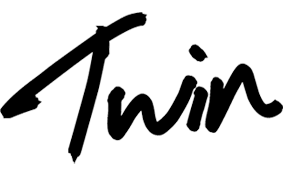
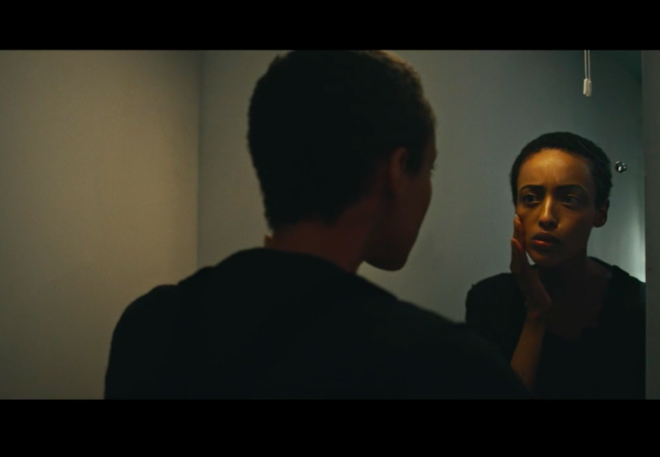
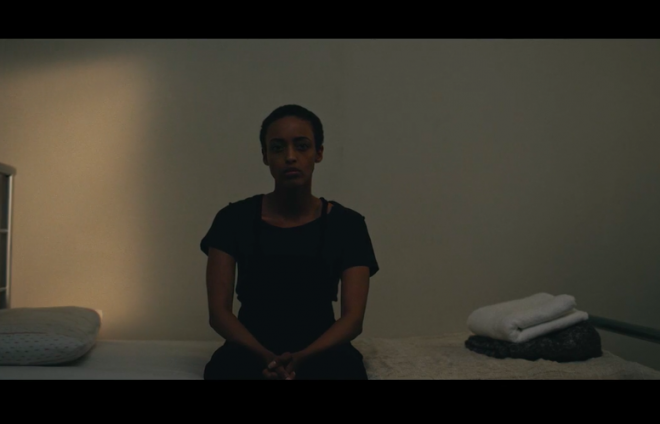
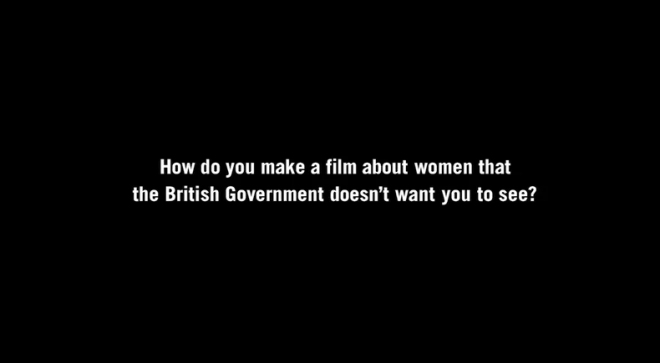
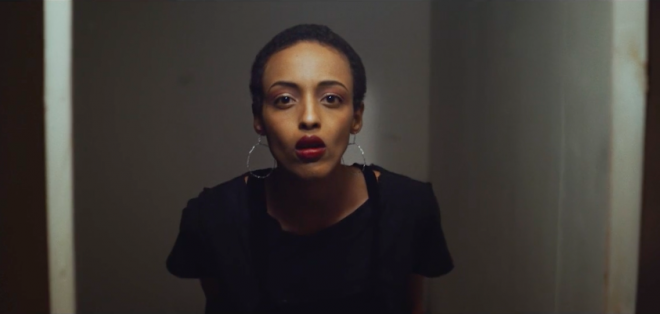
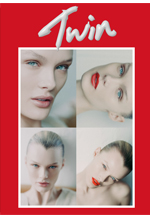
 Twitter
Twitter
 Tumblr
Tumblr
 YouTube
YouTube
 Facebook
Facebook
 Instagram
Instagram
